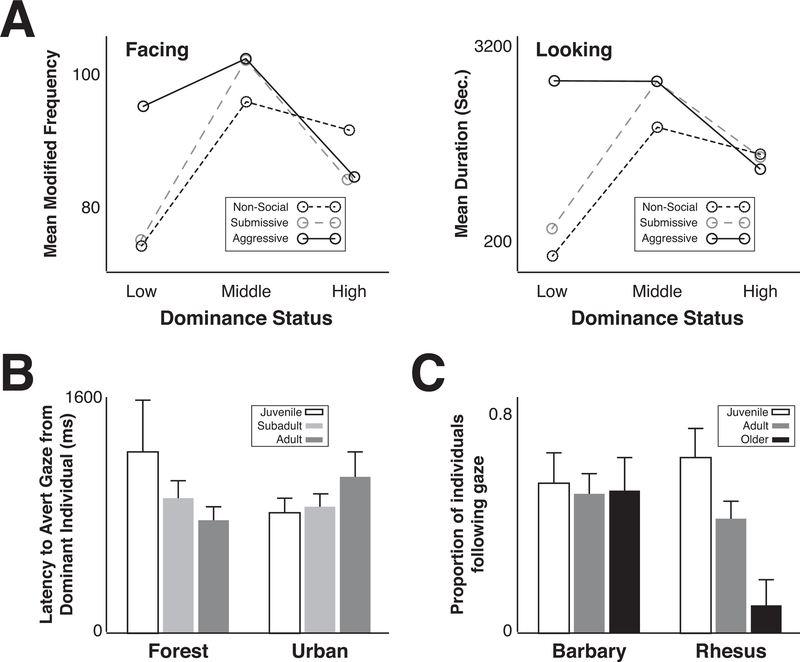Figure 3: Social monitoring in primates differs across individuals, populations, and species.
A) Left panel: The mean frequency of positioning the body to directly face videos of non-social stimuli, conspecifics exhibiting dominant expressions, and conspecifics exhibiting submissive expressions, for low-, middle-, and high-ranking female pigtailed macaques. Right panel: The mean look duration to these same categories of videos for the same female pigtailed macaques. Middle-ranking females faced the social videos more, and looked at the videos longer, compared to low- and high-ranking females. Reproduced and adapted with permission from(J. P. Capitanio et al., 1985). B) While bonnet macaques living in the forest avert eye contact with conspecifics more quickly as they age, bonnet macaques living in urban environments do not. Reproduced and adapted with permission from(Coss et al., 2002). C) As despotic rhesus macaques age, fewer of them follow the gaze of an experimenter while tolerant barbary macaques maintain juvenile rates of gaze following throughout their lives. Reproduced and adapted with permission from(Rosati & Santos, 2017).

